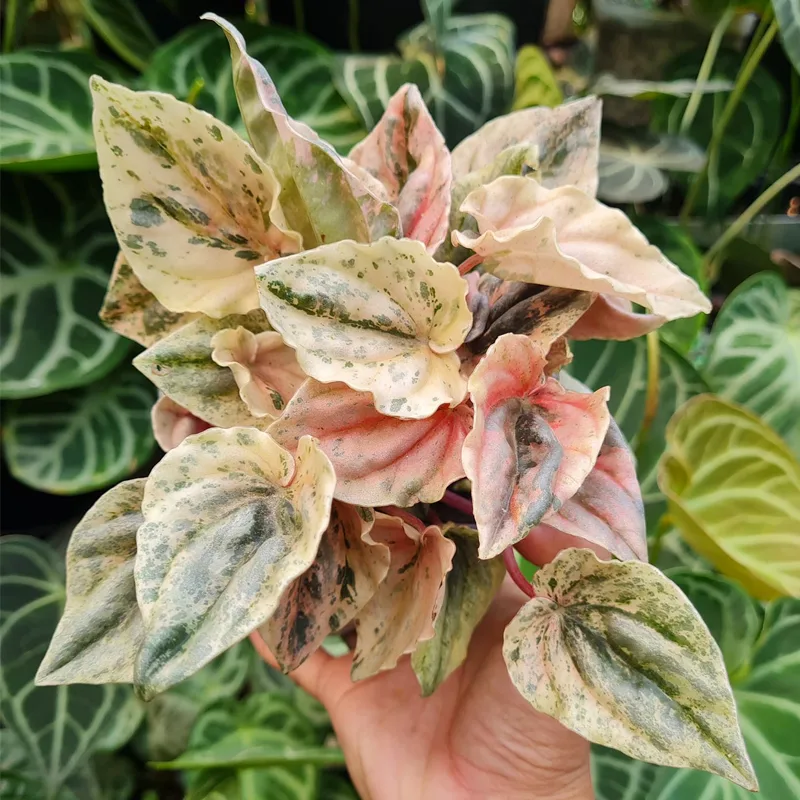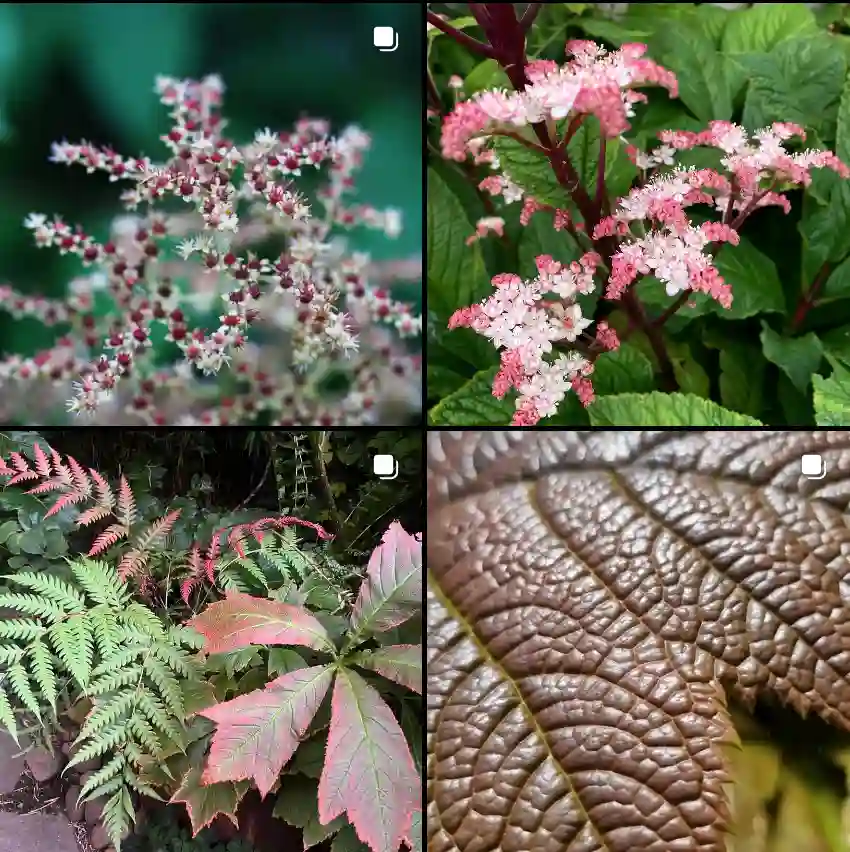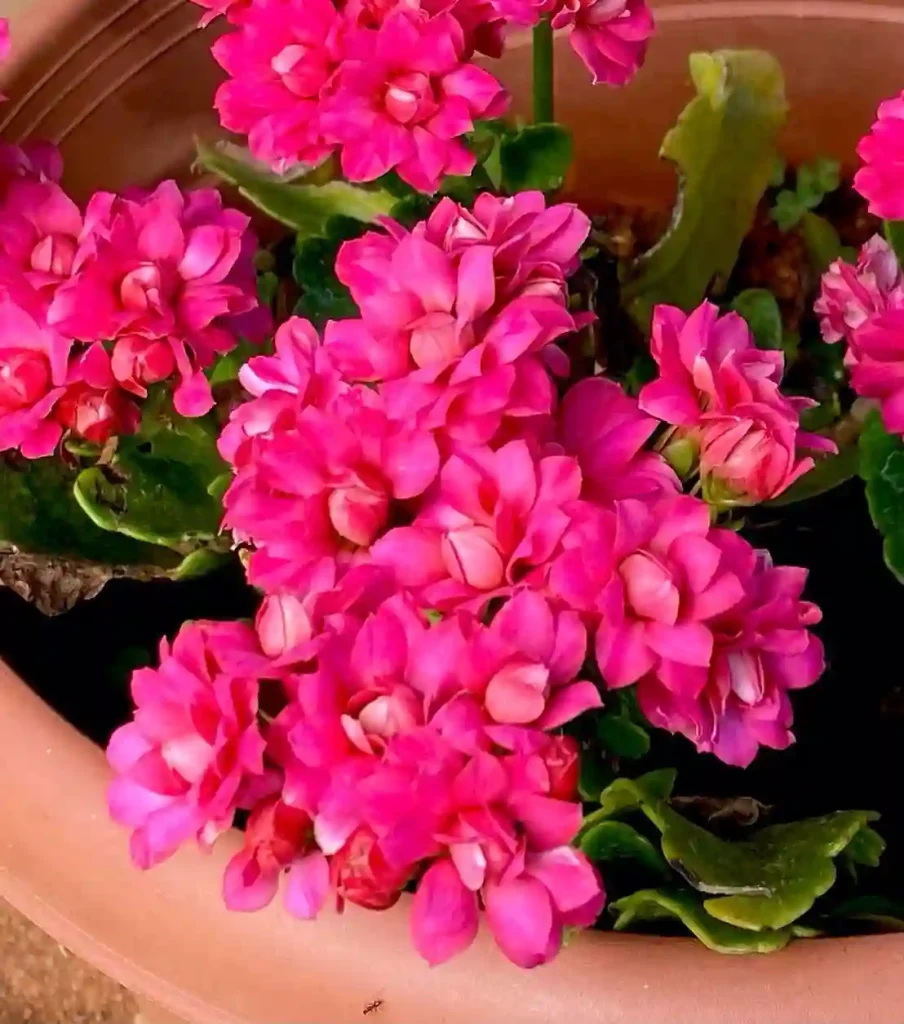FAQs About Asclepias Perennis
As someone who has spent time learning about various plants, I’m excited to share some insights into Asclepias Perennis, also known as Aquatic Milkweed. This plant is fascinating not only for its beauty but also for its ecological importance. Here, I’ll address some common questions about this species, including its pollination, care, and benefits.
209 Species in Genus Asclepias
What is Asclepias Perennis?
Asclepias Perennis is a perennial herb native to the eastern United States. It typically thrives in wetland areas, including marshes and along riverbanks. The plant features narrow, lance-shaped leaves and produces clusters of white or pale pink flowers that attract various pollinators, especially butterflies.
How is Asclepias Perennis Pollinated?
One of the interesting aspects of Asclepias Perennis is its pollination process. This plant relies heavily on insects, particularly butterflies and bees, for pollination. The flowers are structured in a way that encourages these pollinators to interact with them. As the insects feed on the nectar, they inadvertently transfer pollen from one flower to another, ensuring successful fertilization. This mutualistic relationship not only helps the plants reproduce but also supports the local ecosystem by providing food for pollinators.
Are Asclepias Perennis Self Pollinating?
While Asclepias Perennis can self-pollinate, it generally prefers cross-pollination facilitated by insects. Self-pollination can occur when the pollen from a flower fertilizes its own ovules, but this method is less efficient for producing genetic diversity. The plant’s design encourages insect visitation, which enhances cross-pollination, resulting in more vigorous plants and healthier seeds.
How to Care for Asclepias Perennis?
Caring for Asclepias Perennis is relatively straightforward. Here are some key tips:
- Light Requirements: This plant thrives in full sun to partial shade. Ensure it receives at least six hours of sunlight daily for optimal growth.
- Soil Conditions: Asclepias Perennis prefers moist, well-drained soil. If you’re planting it in a garden, consider incorporating organic matter to improve drainage and nutrient content.
- Watering: Regular watering is essential, especially during dry spells. Keep the soil consistently moist, but avoid waterlogging.
- Fertilization: Generally, this plant doesn’t require heavy fertilization. A light application of balanced fertilizer in spring can promote healthy growth.
How to Propagate Asclepias Perennis?
Propagation of Asclepias Perennis can be done through seeds or cuttings. I find seed propagation to be the most rewarding:
- Seed Collection: After the flowers fade, allow the pods to mature and dry on the plant. Harvest seeds once the pods split open.
- Sowing Seeds: You can start seeds indoors or directly in your garden. If starting indoors, sow them about ¼ inch deep in seed-starting mix, and keep the soil moist.
- Transplanting: Once seedlings are large enough to handle, transplant them into your garden or desired location after the last frost.
What to Plant With Asclepias Perennis?
When planning your garden, consider companion plants that benefit both your space and the ecosystem. I often pair Asclepias Perennis with other native plants like Echinacea (Coneflower) and Rudbeckia (Black-eyed Susan). These plants attract similar pollinators and thrive in similar conditions, creating a vibrant and harmonious garden.
Can You Grow Asclepias Perennis Indoors?
While it’s possible to grow Asclepias Perennis indoors, it’s not the ideal environment for this plant. It prefers outdoor conditions, especially moist soil and plenty of sunlight. If you decide to grow it indoors, ensure you provide adequate light, humidity, and space for the plant to thrive.
Is Asclepias Perennis Toxic?
Asclepias Perennis is not considered toxic to humans or pets. In fact, its nectar is safe for consumption by pollinators. However, as with any plant, it’s wise to exercise caution and ensure pets do not ingest large quantities, as it may cause digestive upset.
Benefits of Asclepias Perennis
There are numerous benefits to including Asclepias Perennis in your garden. It serves as a crucial food source for caterpillars of monarch butterflies, making it an excellent choice for butterfly gardens. Additionally, its ability to thrive in wet conditions helps to stabilize soil and prevent erosion, contributing positively to local ecosystems.
Common Problems with Asclepias Perennis
While Asclepias Perennis is generally hardy, it can face some challenges. Common issues include:
- Pests: Aphids and spider mites can be problematic. Regular monitoring and natural pest control methods, like introducing ladybugs, can help.
- Fungal Diseases: Poor drainage can lead to root rot. Ensuring proper soil conditions is vital to avoid this problem.
Comparing Asclepias Perennis to Other Milkweed Species
When compared to other milkweed species, such as Asclepias Tuberosa (Butterfly Weed), Asclepias Perennis stands out for its preference for wet habitats. While Butterfly Weed thrives in drier soils, both species are equally valuable in attracting pollinators. Choosing the right type for your garden depends on your specific conditions and the wildlife you wish to support.
In conclusion, Asclepias Perennis is a remarkable plant that offers beauty and ecological benefits. By understanding its needs and characteristics, you can cultivate a thriving garden that supports both wildlife and your love for nature.
If i die, water my plants!



